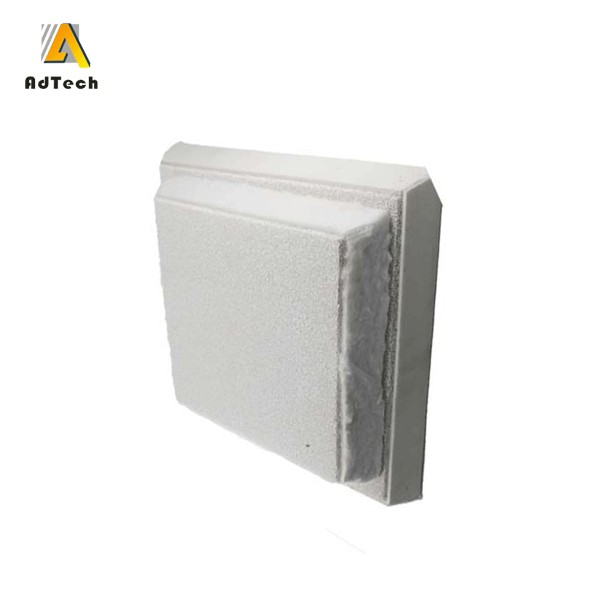Porosity Analysis of Ceramic Porous
1 Porosity
The most basic parameter of ceramic porous should be an index that directly expresses the porosity analysis of ceramic porous, such as porosity, pore size, specific surface area, etc. The porosity index is the main index among these basic parameters because it has the most significant influence on the mechanical, physical, and chemical properties of porous ceramic materials.
The porosity (also known as porosity) of a porous material refers to the ratio of the volume occupied by the pores in the porous body to the total volume of the porous body, generally expressed as a percentage. This index is not only the most important basic parameter in porous materials but also a key factor to determine the physical and mechanical properties of porous materials such as thermal conductivity, electrical conductivity, optical properties, acoustic properties, tensile strength, and so on. Among them, the porosity (the ratio of the volume occupied by the open pores in the porous body to the total volume of the porous body) strongly affects the fluid permeability (permeability), buoyancy, and inner surface activity (using the porous body) of the entire porous material. the inner surface, such as the surface catalytic process and damping process) and other properties. So porosity is an important feature of ceramic porous. So porosity is an important feature of ceramic porosity. Porosity analysis of ceramic porous materials is critical. Pores in porous bodies include through pores, semi-through pores, and closed pores, and the sum of this three porosity is called the total porosity. And we usually refer to the “porosity” of ceramic porous used for metal filtration refers to the open porosity.
According to the definition of porosity, there can be the following formula: Vo Vs+vp where: the porosity of the porous body; the total volume of the porous body; the volume occupied by the pores in the porous body; the volume occupied by the dense solid in the porous body;

2 Bending strength
The strength of foamed ceramic porous mainly depends on the thickness of the ceramic porous material and the network skeleton. The thickness of the skeleton can be represented by the bulk density of the foamed ceramic porous. The table lists the flexural strength of several different bulk-density ceramic porous materials. If the skeleton is made thicker, the bulk density can be increased and the mechanical strength of the product can be increased. But if it is increased too much, the pores will be blocked by the slurry, and the pressure loss will increase. For honeycomb ceramic porous, in the direction of lattice parallel, the strengths in the vertical direction and the gradient direction are very different, while foam ceramic porous is a three-dimensional structure with the same direction, and its strength has no directional change. Table 1-2 The flexural strength of ceramic porous 3.0
